The first time I ever saw a washlet, to be entirely honest about it, I was genuinely afraid to sit down. To my unschooled Western eyes, it looked like an ejection seat in a fighter jet. Seeing it plugged into the wall most definitely made me pause. I’m not exactly excited about having 100 volts of electricity anywhere near the 2nd most important cluster of organs on my body — the ones responsible for both a great deal of pleasure, as well as relief from the build up of sludge and stinky fluids.
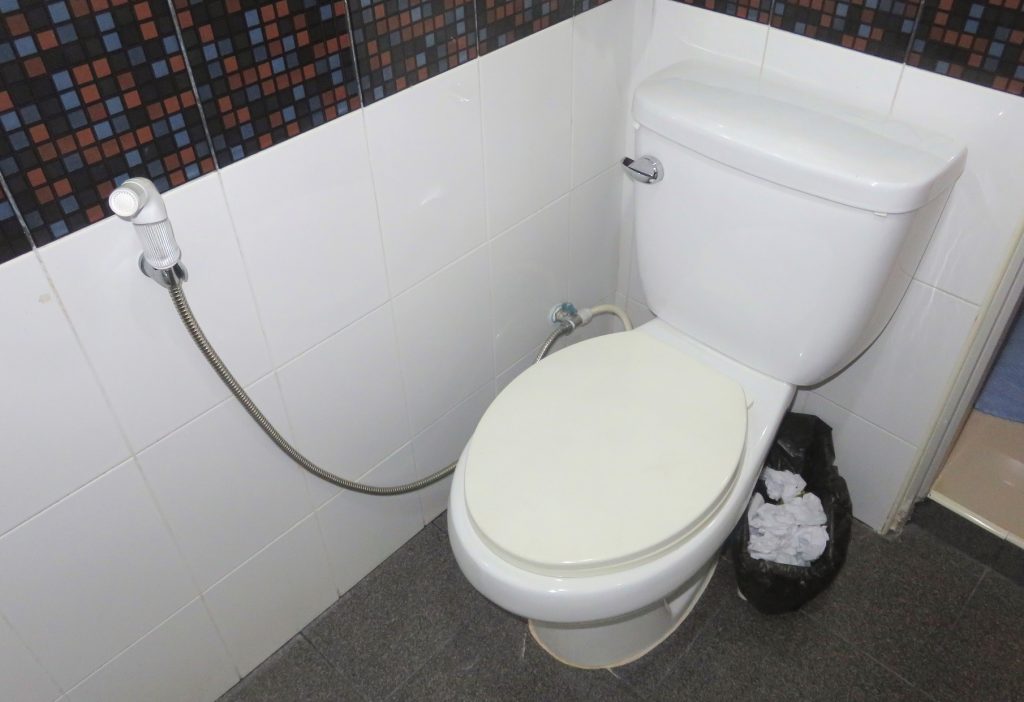 The washlet is the technological evolution of the “bum gun”, a simple, standard approach to hygiene for the private parts, still commonly seen in Southeast Asia — Cambodia, Laos, Thailand, Vietnam, Myanmar.
The washlet is the technological evolution of the “bum gun”, a simple, standard approach to hygiene for the private parts, still commonly seen in Southeast Asia — Cambodia, Laos, Thailand, Vietnam, Myanmar.
When I first saw a bum gun, I thought “how primitive!” The real truth? My disdain itself was an embarrassingly primitive, insular, knee-jerk reaction. What do I mean by that?
I imagine an advanced race of extraterrestrials returning from our beloved planet Earth, reporting to the Council of Wise Elders on their own beloved space rock: “Well, they’re an interesting but strange bunch there on Earth. In some ways, they’re quite advanced. But in others quite puzzling to say the least. They actually cut down trees to wipe their asses.”
Yes, we cut down trees, process them, turn them into pulp, then toilet paper. You know what happens next.
The bum gun does the job much more admirably and is much more eco-friendly, at least in terms of maintaining forest cover on our ravaged planet.
Just spray and wash. Pat with a towel. Get on with your life. Frankly a thorough wash is much more sanitary than . . . you know how it goes.

Back to the washlet, a Japanese innovation I put on a par with the invention of the steam engine or artificial intelligence.
Washlets come in varying degrees of sophistication, accessorized to accommodate a wide range of tastes. But they all perform the same purpose. They wash you. Men in back. Women back and front.
You can adjust the temperature of the stream, the intensity of the stream. It can be just a direct stream or in “massage mode” a wiggling stream.
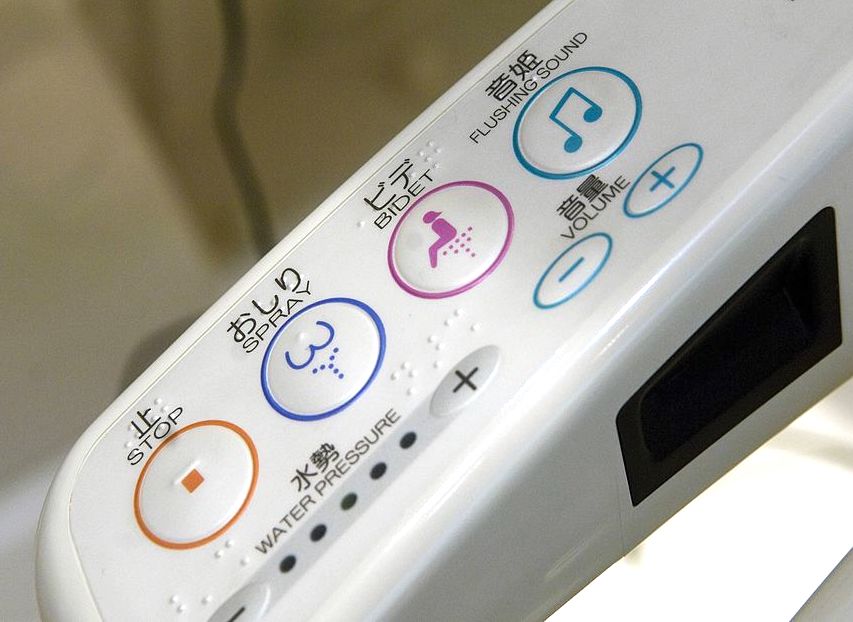 Some washlets greet you! Some play music. Some put the toilet seat up and down for you.
Some washlets greet you! Some play music. Some put the toilet seat up and down for you.
This borders on somewhat excessive for my particularly pedestrian world view and spartan expectations. But there’s one feature pretty standard on washlets that is truly admirable. THE TOILET SEATS ARE HEATED! And you can adjust the temperature on them too.
Why haven’t these caught on in Western countries? Has someone tried to market them to the wiping/smearing/stinky-butted round-eyed barbarians of Europe, the U.S., Australia, Canada, and the rest of the non-Japanese world . . . and gone bankrupt? I don’t get it.
Yes, I admire much about Japan. And every country has its pluses and minuses. You can examine and study, compare and argue, go back and forth, weighing the pros and cons.
Then some one thing comes along which is so phenomenal, so HUGE and AMAZING, so entirely off the charts, so beyond anything else on the table, it’s no longer a contest.
The simple unavoidable truth is . . .
Washlets put this country in a class by itself!





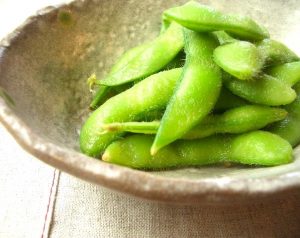



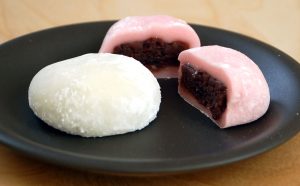
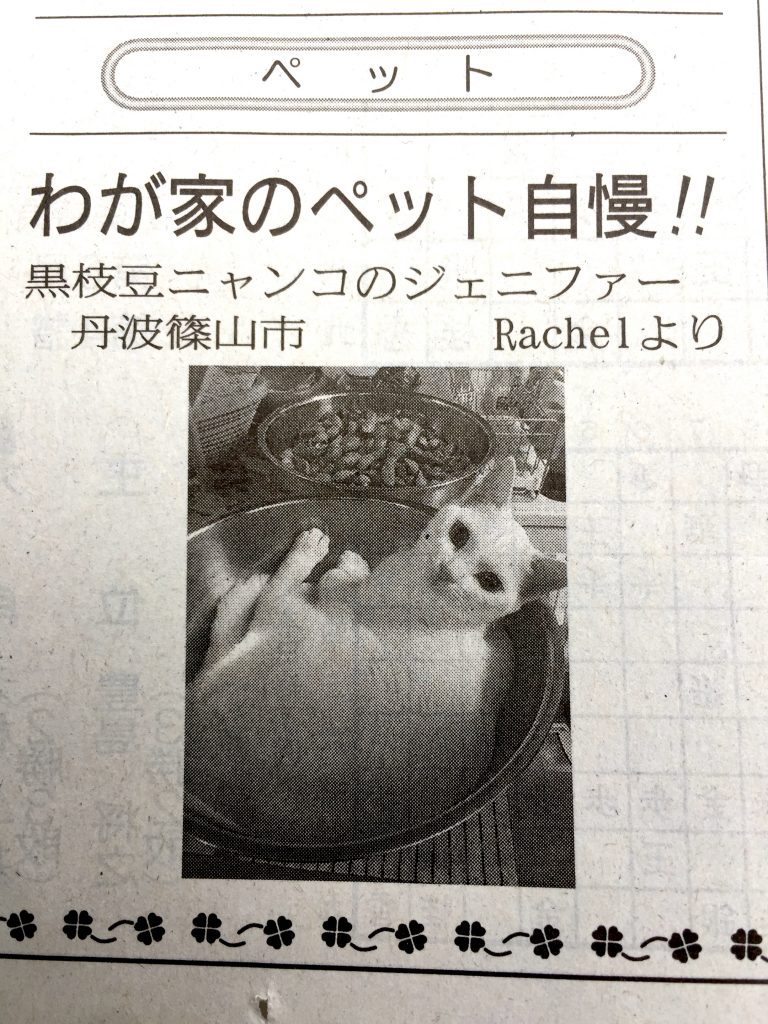

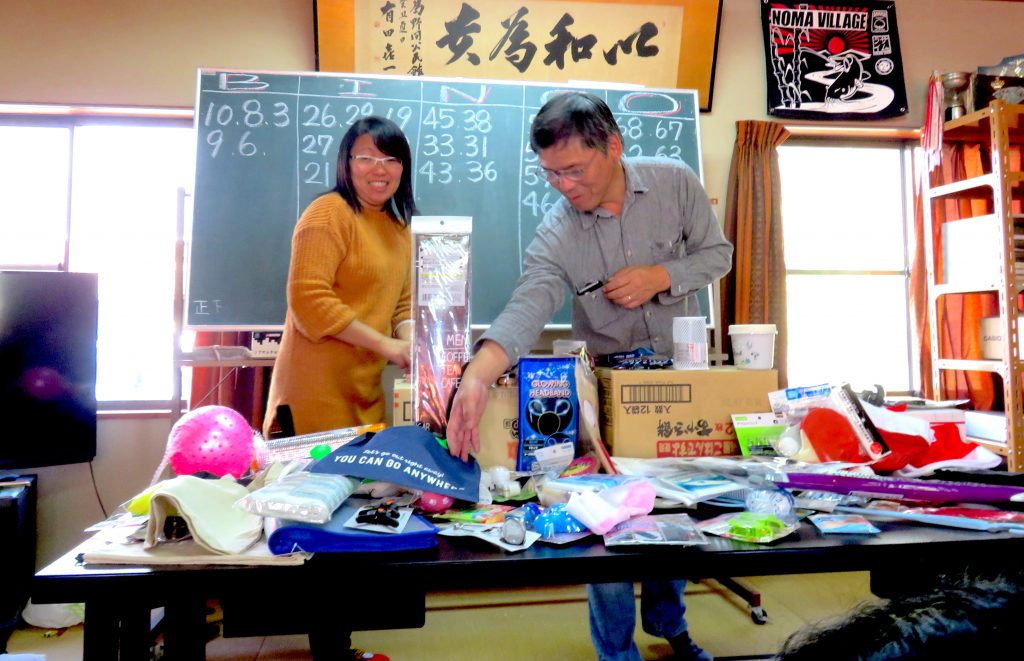

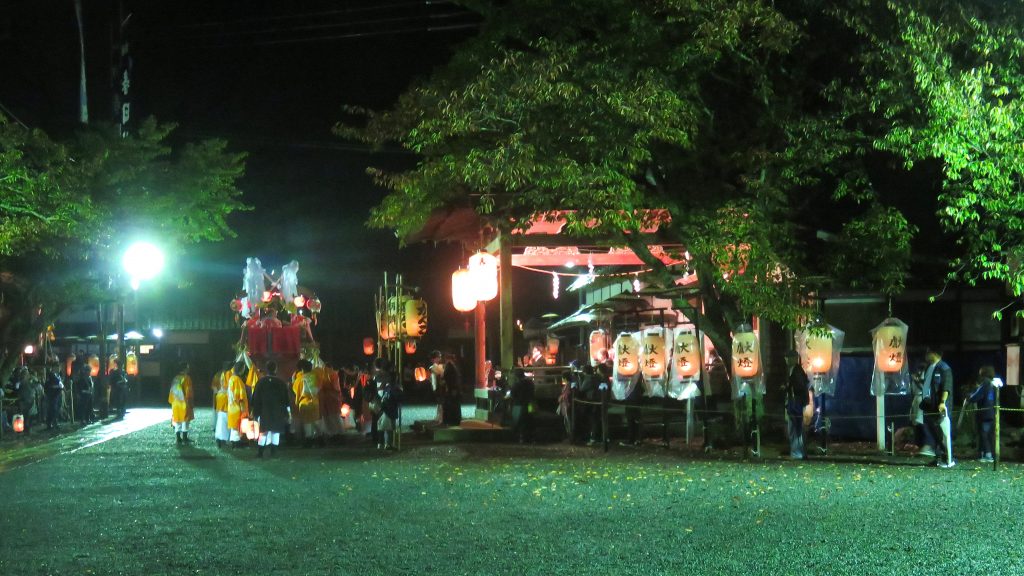
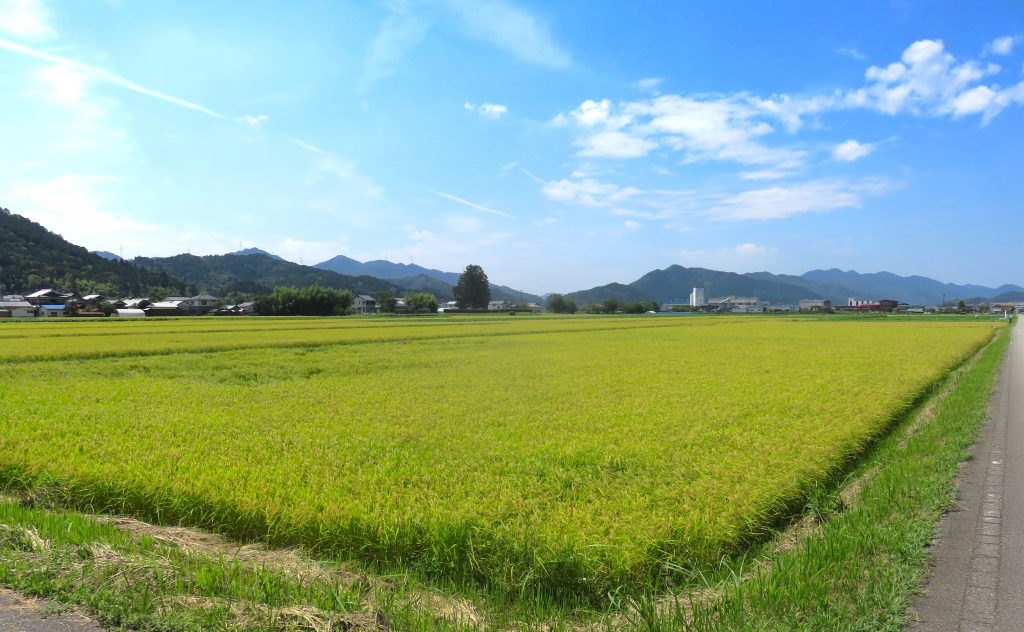
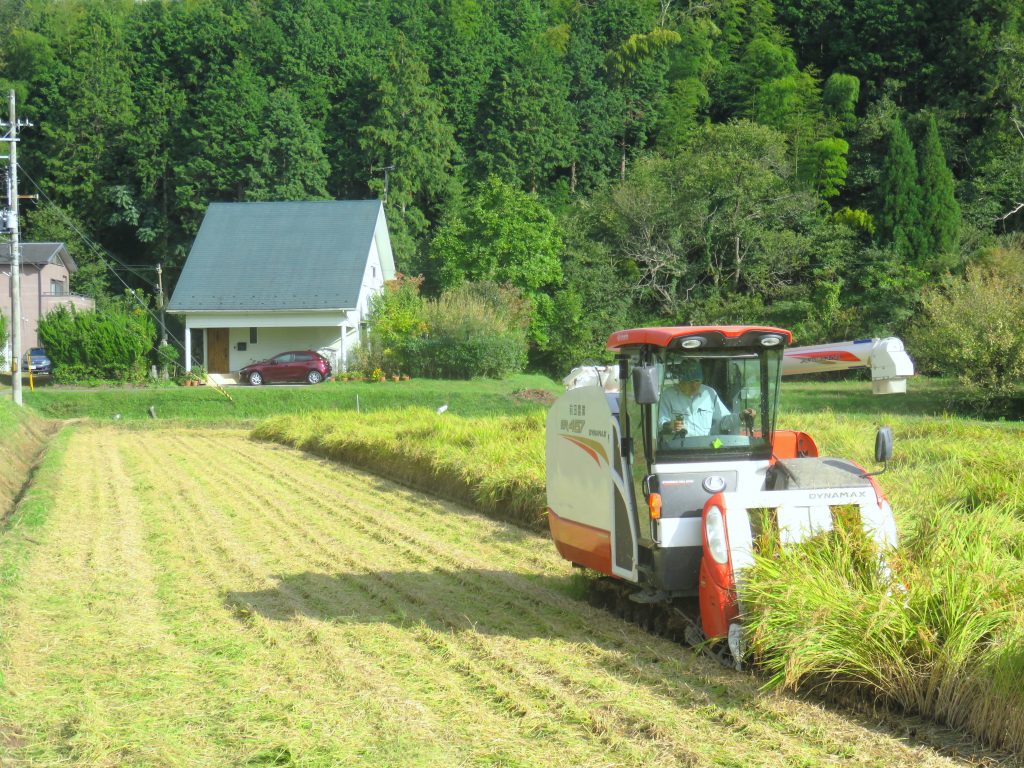





Life In Japan: Shinto Monk Home Blessing
All of us at one time or another have had strangers come to the door. Maybe it’s Jehovah Witness or Mormon recruiters; someone looking for a prior resident; a person whose car has broken down; a magazine salesman; one of those people who go around stuffing fliers in mailboxes, advertising a new gym, a sale on snow tires, a new restaurant opening down the street, a holiday sale; a person with Alzheimer’s disease who wandered out of the back door of their house down the street.
But how many of you folks can say they’ve had Shinto monks come by to bless your home, your life, and all of those in your immediate family?
Besides, the Shinto monks who go door-to-door here put on a nice little show! See for yourself . . .
It must be working. No one around us that I’m aware of has gotten the plague, we’ve had no invasions of locusts, blood seems confined to the arterial systems of the hosts, we never get thunderstorms of hail and fire. We have our share of frogs but quite honestly they’re cute little critters. Noisy but cute.
I’d say Japan is better off than most ancient civilizations. Meaning, if it ain’t broke don’t fix it. I’m certainly looking forward to another visit from the Shinto good fortune team when they run out of money. Until then I think I’ll just levitate . . .